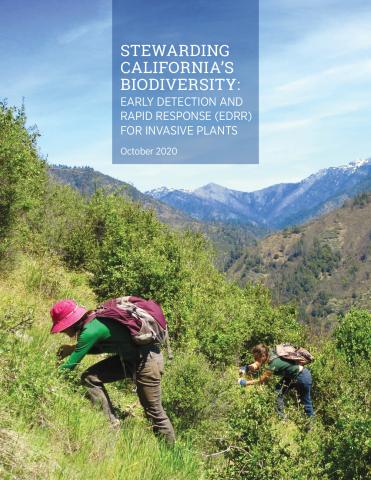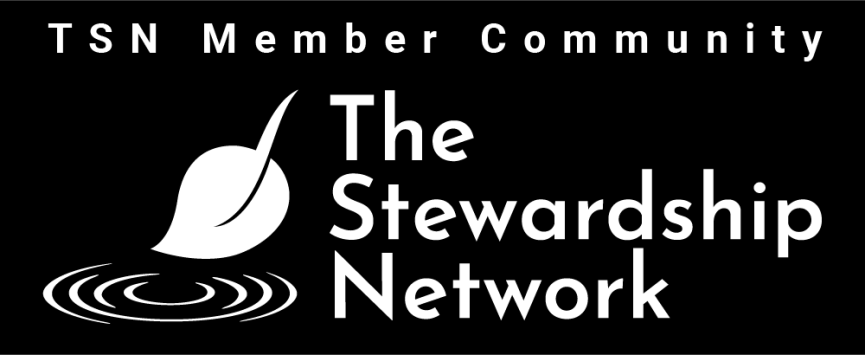- Details
-
In 2018, then-Governor Jerry Brown established the California Biodiversity Initiative, setting biodiversity protection as a top state priority. The Biodiversity Collaborative is the next phase in the evolution of California’s biodiversity conservation movement, integrating and building on efforts started by the California Biodiversity Initiative launched by Governor Brown. Like California’s State Wildlife Action Plan and Climate Adaptation Strategy, the Biodiversity Collaborative identifies the importance of controlling invasive species as part of attaining a sustainable future.
Indeed, hundreds of entities across California are engaged in strategic efforts to limit the scope and magnitude of the damage that these species do to the state’s biodiversity and natural resources. When possible, land managers use a strategic approach called early detection and rapid response (EDRR) that focuses on stopping new invasive plants before they become widespread. As with a raging wildfire, a surging infectious disease, or a leaking oil pipeline, the longer one waits to act, the more difficult and costly the task and the greater the damage that has already been done.While the concept is simple, its implementation is complex. Effective EDRR requires timely data, proactive effort, landscape-level coordination among public and private landowners, and a consistent and sustained approach. In California, many pieces of an effective EDRR system are already in place, from an online network for sharing botanical information to a statewide network of land managers. But steady funding to implement EDRR systematically across the state’s 100 million acres is lacking. With the new Biodiversity Collaborative in place, the time has come for an increased commitment to invasive plant EDRR.
While technical challenges remain—such as predicting how each plant’s distribution will shift with land use and climate change—EDRR’s primary challenges are structural: How can agency missions, mandates, programs, and funding be aligned to support landscape-level conservation? This paper identifies the institutional and financial support needed for invasive plant EDRR to succeed in California.



